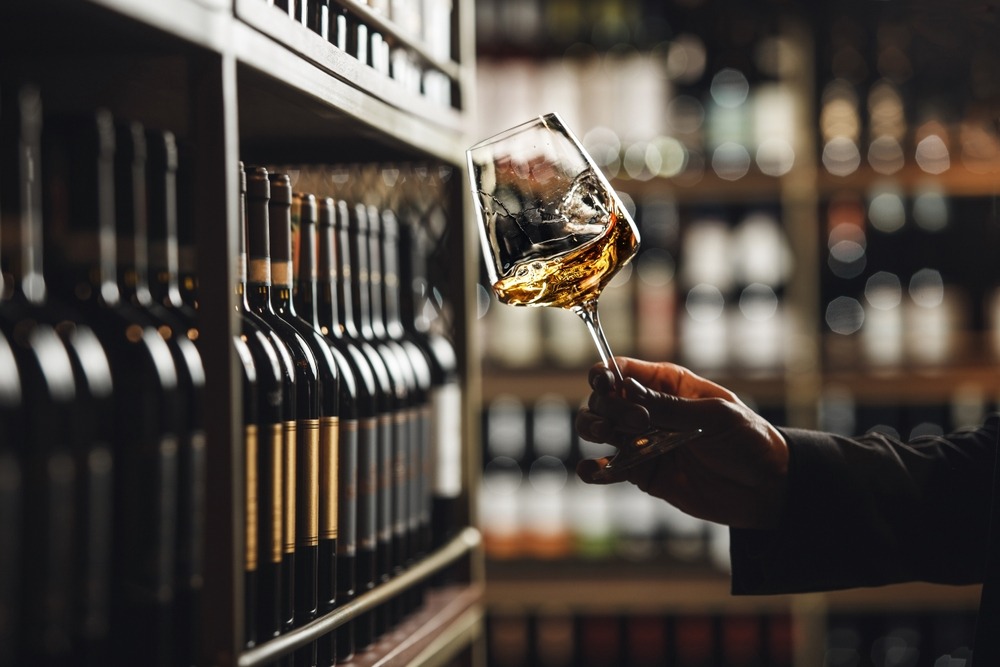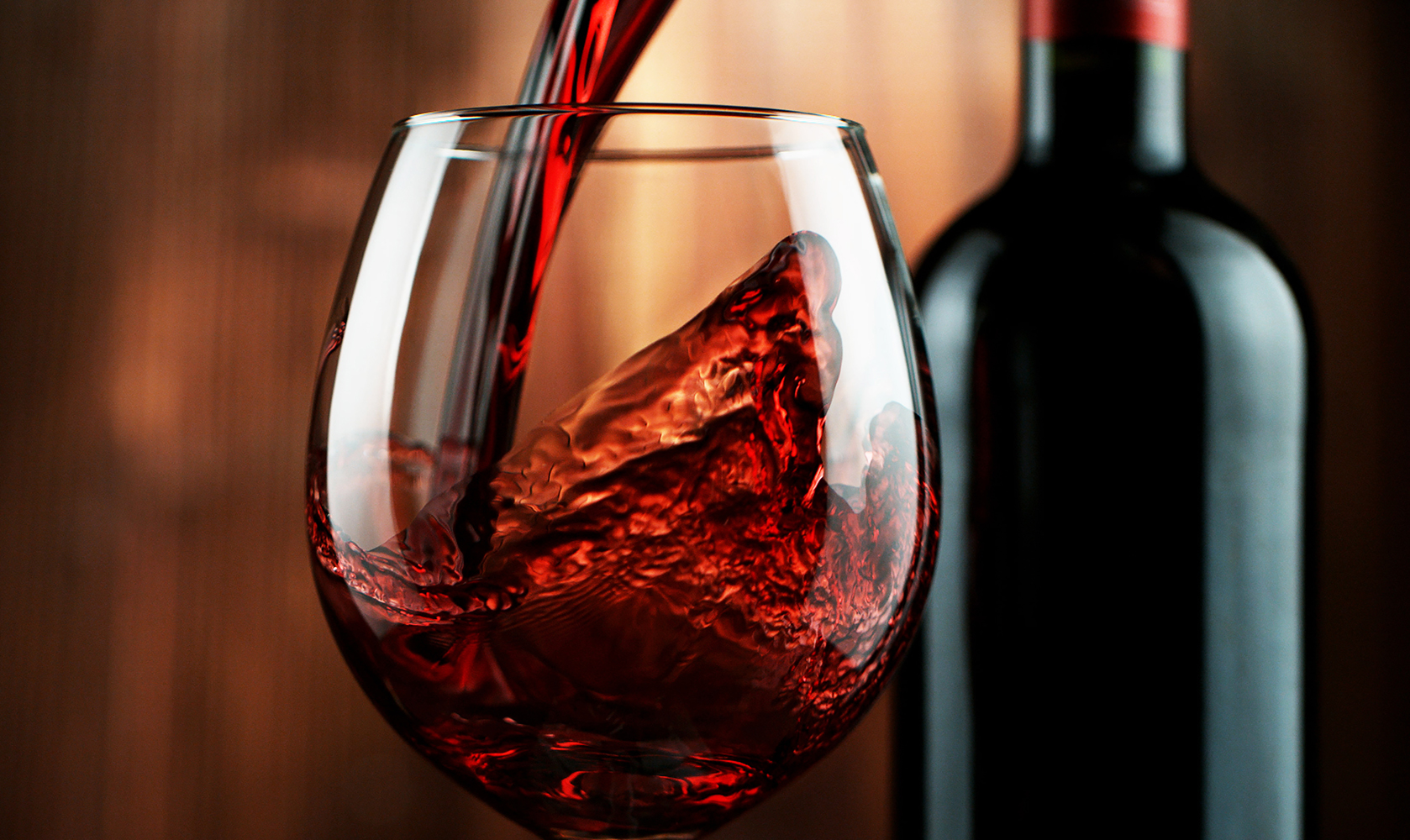Is Wine a Good Investment?
In recent years, wine has been increasingly viewed not just as a beverage for pleasure but also as a potential financial asset. With the global wine market valued at billions of dollars, investors are now exploring fine wine as an alternative investment.
RELATED: Is Artwork a Good Investment?
But, is wine a good investment? In this article, we’ll address key questions such as what wines will increase in value, the average return on wine investment, and whether it’s worth putting your money in wine.

What Wines Will Increase in Value?
When considering wine as an investment, not all wines are created equal. The wines that tend to appreciate in value over time share some common traits. Understanding which wines are likely to increase in value is key to making informed decisions. Here are some types of wines that typically experience higher demand and greater price appreciation:
-
Fine Bordeaux Wines
Bordeaux, France, is one of the most iconic wine regions in the world, known for its exceptional red wines made primarily from Cabernet Sauvignon, Merlot, and Cabernet Franc grapes. The finest Bordeaux wines, especially from prestigious châteaux such as Château Lafite Rothschild, Château Latour, and Château Margaux, have seen impressive value growth over time. Bordeaux wines from renowned vintages like 2000, 2005, and 2009 are often considered safe bets for investors. -
Top Burgundy Wines
Burgundy, particularly the Côte d'Or, produces some of the finest Pinot Noir and Chardonnay wines. Famous producers such as Domaine de la Romanée-Conti, Domaine Leroy, and Domaine Armand Rousseau are highly sought after by collectors and investors. Burgundy’s smaller vineyard areas and the highly coveted nature of certain wines make them a popular choice for wine investors, though they come with a premium price tag. -
Rare Italian Wines
Italy, with its rich wine culture, offers many collectible wines, particularly from regions like Tuscany and Piedmont. Wines from top producers like Barolo and Brunello di Montalcino, as well as Super Tuscans (a blend of international varietals and traditional Italian grapes), have the potential for long-term appreciation. Investing in wines from top-tier estates in these regions is a strategic choice for those looking to diversify their wine portfolio. -
First Growth and Premier Cru Wines
First Growth Bordeaux wines (a classification system that includes the best Bordeaux estates) and Premier Cru Burgundy wines are often in high demand. These wines are highly prized not only for their quality but also their investment potential. When purchasing from recognized classifications like these, the likelihood of a wine’s value increasing is much higher. -
Limited Edition and Low Production Wines
Wines that are produced in limited quantities tend to hold or increase in value over time. These wines, whether from famous regions like Napa Valley or lesser-known areas, often attract collectors and investors looking to own something rare. The rarity factor plays a crucial role in increasing a wine's desirability and long-term value.

What is the Average Return on Wine Investment?
The question on every investor's mind is: what kind of returns can I expect from investing in wine? While wine may not deliver the quick profits seen in stock markets or cryptocurrencies, it can offer steady, long-term returns.
According to the Liv-Ex Fine Wine 1000 Index, which tracks the performance of the 1,000 most traded fine wines globally, the wine investment market has provided an average annual return of 10-12% over the past decade. These returns are significantly higher than traditional investment assets such as equities and bonds. Wine investment offers stability during times of market volatility, as fine wine prices tend to appreciate gradually over time.
It’s important to note that the average return on wine investments can vary depending on several factors:
-
Wine Selection: Premium wines from well-known regions or producers tend to perform better than lesser-known wines. Investing in wines from the top wine regions or renowned estates increases the likelihood of high returns.
-
Vintages: Some years are considered better for wine production, which leads to higher quality wines. Vintages like 2005, 2009, 2010, and 2016 are often seen as excellent years for investment-grade wine. The quality of the wine from a specific year greatly influences its future price.
-
Market Conditions: Like any investment, the wine market is affected by external economic conditions. Factors such as global supply and demand, market trends, and even shifts in consumer tastes can impact the profitability of wine investments.
-
Wine Storage and Maintenance: Proper storage of wine is essential for preserving its value. Wines that are poorly stored may deteriorate, losing both their taste and investment potential. Wine investors must ensure that their collection is kept in optimal conditions, such as temperature-controlled storage, to maintain the wine’s quality.
Over the past few decades, investment-grade wines have seen substantial price growth. For example, a case of 12 bottles of Château Lafite Rothschild from the 2000 vintage has appreciated in value by over 150% since its release. Similarly, Domaine de la Romanée-Conti's wines have seen astronomical price increases, with some bottles fetching tens of thousands of dollars.
However, it’s important to recognize that investing in wine is a long-term commitment. Unlike stocks or bonds, wine doesn’t offer dividends or interest, so investors typically have to wait years before seeing substantial returns. Moreover, liquidity can be an issue, as selling wine often requires finding a buyer, which might take some time.

Is It Worth Investing in Wine?
Whether or not wine is worth investing in depends on an individual’s financial goals, risk tolerance, and interest in the world of wine. Here are several considerations to help determine if wine is a good investment for you:
1. Diversification
One of the key reasons investors turn to wine is for portfolio diversification. Wine is often uncorrelated with traditional asset classes like stocks and bonds, meaning that it can perform well during periods of market downturns. During times of economic uncertainty, fine wine may hold its value, offering a hedge against inflation and stock market volatility.
Since wine is a tangible asset, it also carries less risk of total loss compared to more speculative investments like cryptocurrencies. Wine’s long-term stability makes it appealing for those looking to invest in something that holds intrinsic value.
2. Emotional and Cultural Appeal
Wine investment isn’t purely about financial returns. Many investors enjoy the process of collecting fine wine and the joy it brings. Wine can also offer cultural and social rewards, as investors may be able to enjoy the wines they purchase or share them with friends and family. For some, the experience of acquiring rare and valuable wines is just as important as the financial aspect.
3. Risk and Complexity
While wine has the potential for impressive returns, it’s not without risks. Wine investing requires in-depth knowledge of the market, regions, producers, and vintages. Without proper expertise, it's easy to overpay for wine that might not appreciate as expected.
Additionally, the wine market can be affected by changing consumer preferences, climate change (which influences wine production), and even political events (such as tariffs and trade restrictions). These factors can add an element of uncertainty to wine investments, and investors must be prepared for fluctuations in the market.
Proper storage is also crucial to ensuring a wine’s future value. Wine storage can be expensive and requires long-term commitment. Without climate-controlled storage, wines can spoil and lose their investment potential.
4. Accessibility and Liquidity
While the wine investment market is growing, it is still somewhat niche and might not offer the same level of liquidity as more established asset classes like stocks. Selling fine wine at a desirable price may take time and effort, and the market for buying and selling wine is somewhat limited to specialist brokers, auction houses, and wine investment platforms.
Moreover, the initial capital required to start investing in wine can be high. Fine wines from top producers often carry hefty price tags, and investors need to be prepared for a large upfront investment.
5. Long-Term Commitment
Wine investment typically requires patience, as the appreciation of wine takes years or even decades. While some wines appreciate in value quickly, others may take time to reach their peak. Investors should not expect quick returns, and this long-term horizon may not be suitable for everyone.

Conclusion: Is Wine a Good Investment?
Wine can be a lucrative investment, but it requires knowledge, patience, and a long-term approach. Certain wines, such as those from prestigious regions like Bordeaux and Burgundy, have shown a strong potential for value growth. However, as with any investment, the risks and costs must be carefully considered.
Investing in wine is not a decision to be taken lightly. It’s essential to do thorough research, choose your wines wisely, and be prepared for long-term storage. If you have a passion for wine and are willing to put in the work, wine can be a rewarding asset that provides both financial returns and cultural enjoyment.
RELATED: Are Rolex Watches a Good Investment?
Ultimately, whether wine is a good investment depends on your financial goals, risk tolerance, and interest in the world of fine wine. If done correctly, wine investment can be a worthwhile and profitable venture.









